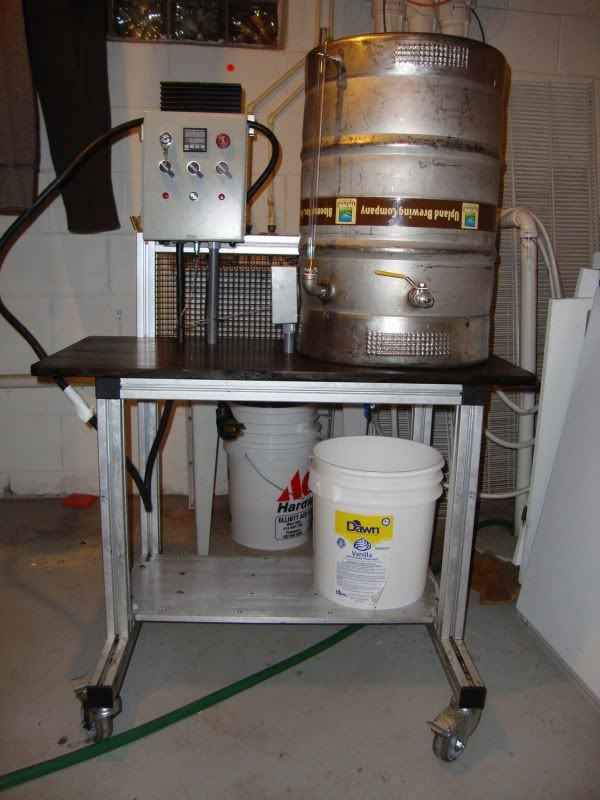haeffnkr
Well-Known Member
Hi,
I want to mimic one of the several ebiab builds on this forum.
I see several folks using bayou classic pots and not half barrel kegs.
I see that the BC pots have a nice strainer basket.... but why else?
They are more expensive then a keg.
A keg has a nice "well" for trub to settle before it goes in the fermenter.
Am I missing anything?
I want to build my ebiab right the first, time... appreciate some opinions.
thanks Kevin
I want to mimic one of the several ebiab builds on this forum.
I see several folks using bayou classic pots and not half barrel kegs.
I see that the BC pots have a nice strainer basket.... but why else?
They are more expensive then a keg.
A keg has a nice "well" for trub to settle before it goes in the fermenter.
Am I missing anything?
I want to build my ebiab right the first, time... appreciate some opinions.
thanks Kevin



